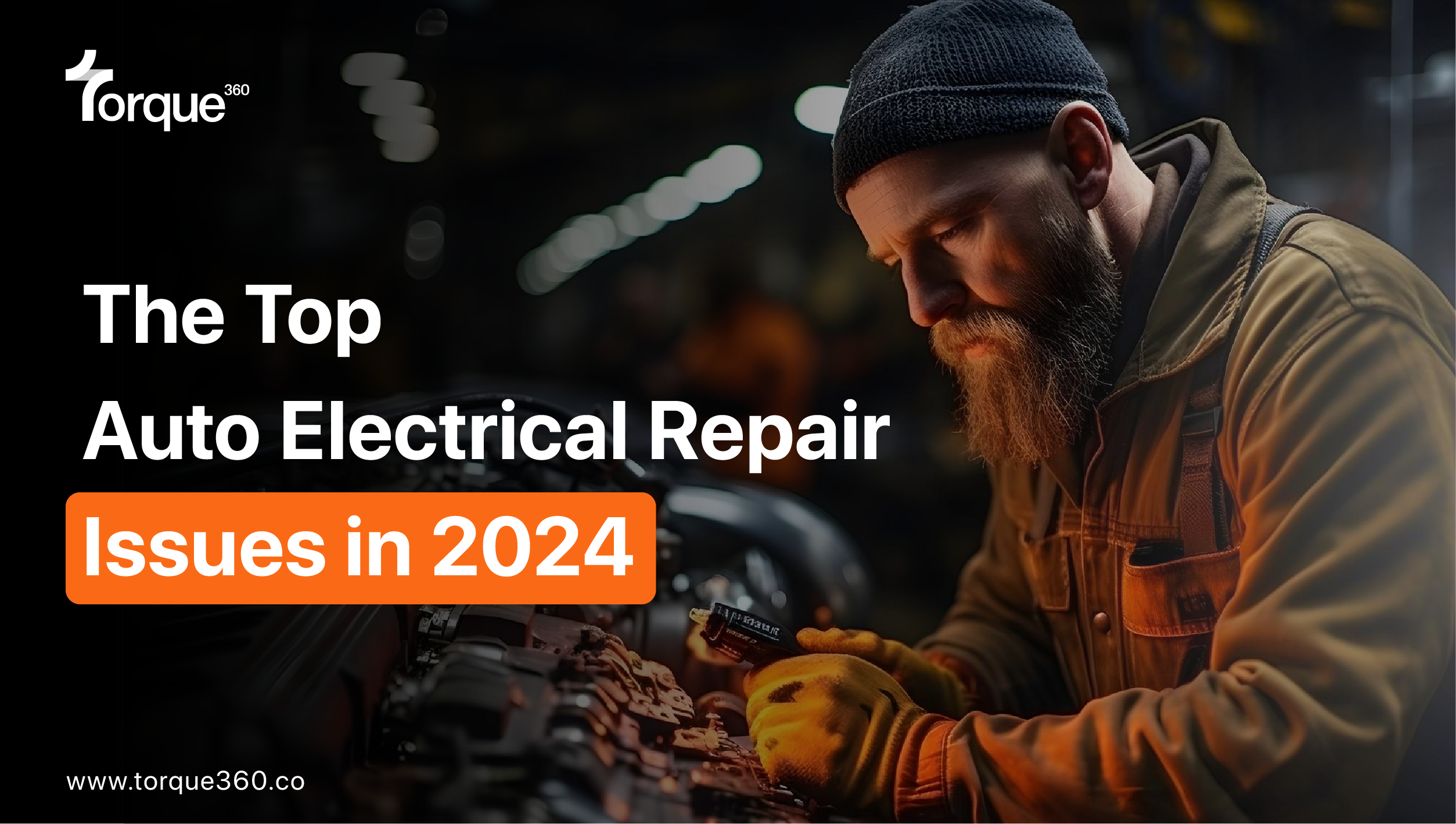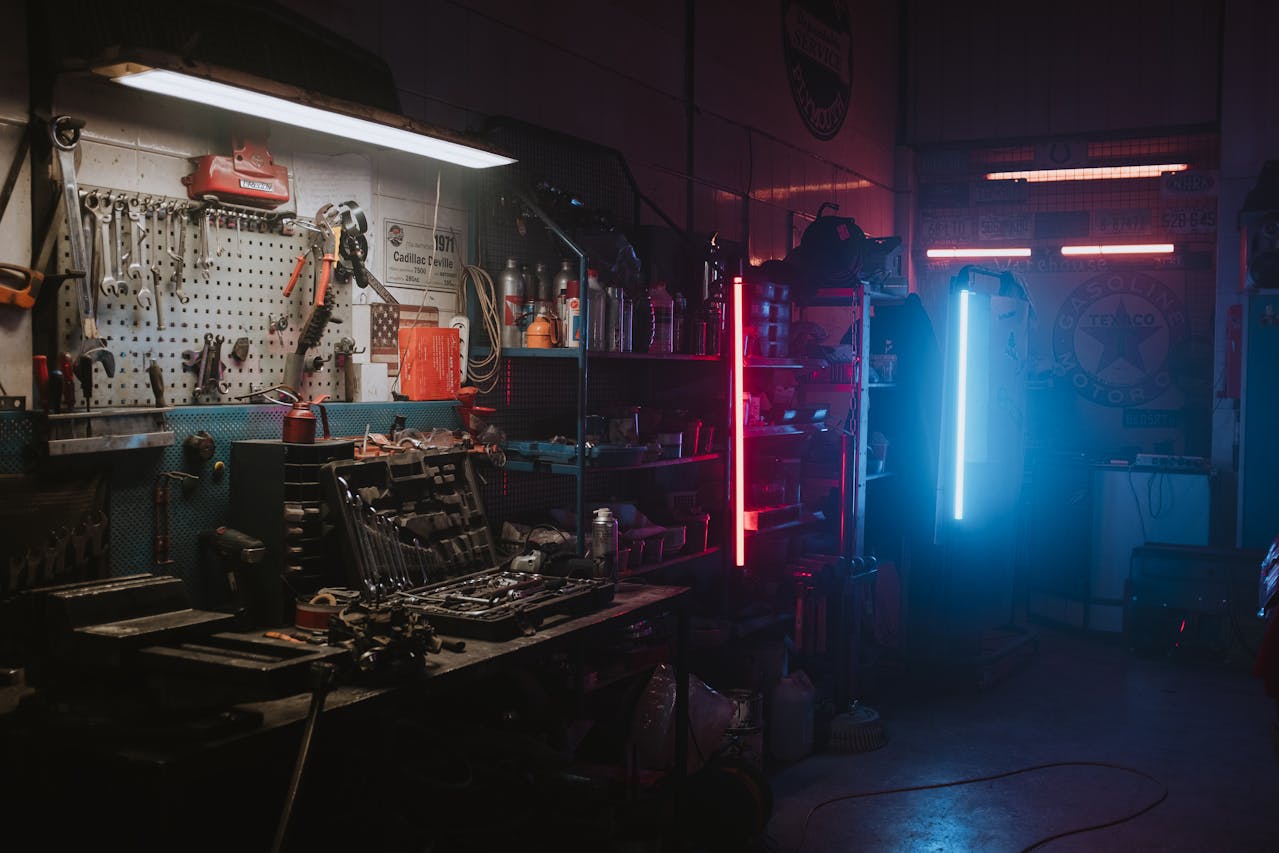The Electric Vehicle market in the United States is expected to generate around US$82.8 billion in revenue by 2024.
Because the popularity of electric automobiles has increased within the past 10 years. They’re just as advanced as regular cars with gas and comfortable seats. Some can even drive themselves a little!
But sometimes, when things go wrong with all the new technology, it can be confusing to figure out how to fix them. Knowing what can happen if your electric car breaks down is crucial if you own one or are considering purchasing one.
As more people get electric cars, they learn about the common problems they might have, even though they have fewer moving parts than regular cars with gas engines.
That’s why knowing about auto electrical repair issues is essential!
If you want to grow your auto repair business, book a demo!
Common Auto Electrical Repair Issues
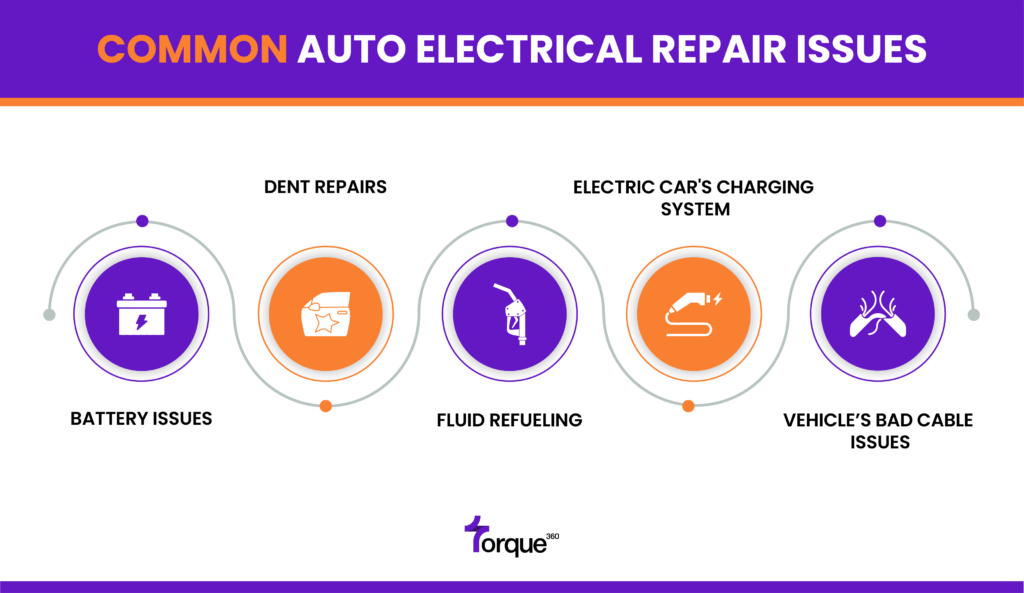
1. Battery Issues
Did you know that the average battery life of an electric automobile is 15 to 20 years or up to 322,000 miles? It keeps the automobile running smoothly, which makes it an essential component. However, with time, it may wear down just like any other part.
When the battery ages or overheats, it may stop functioning correctly. Though you might jump-start it, it will ultimately need to be replaced. And that may cost a lot!
For electric automobiles, replacing the battery is sometimes the most expensive repair. Occasionally, if the damage is severe enough, the entire battery pack needs to be replaced, which may cost up to $5,000!
It’s a good idea to have a reputable technician inspect your automobile on a regular basis to prevent major issues like these. They have the ability to identify problems at an early stage and take action before they worsen.
Additionally, maintaining everything in working order and avoiding future auto electrical repair issues may be achieved by utilizing a high-quality charging station for your automobile.
Thus, maintaining your automobile will ensure that it lasts for a very long time!
If you want to know how you can prepare your auto repair garage for electrical auto repair read “Preparing Your Shop for the Electric Vehicle (EV) Revolution”
2. Fluid Refueling
Even though electric cars don’t need gas, they need special liquids to keep running smoothly.
Here are the three important ones:
1. Brake fluid
Every four to five years, you’ll need to top up your electric car’s brake fluid. This helps your brakes work well and keeps you safe on the road.
2. Coolants
Every three years, it’s essential to refill the coolant in your electric car. Coolant prevents the engine from overheating, which might harm it.
3. Windshield wiper fluid
It would help to refill your windshield wiper fluid once a year or every 5000-7000 miles you drive. This fluid assists in maintaining the cleanliness of your windshield for good vision while driving.
The good news is that you can find these fluids easily at stores near you. And if you’re not sure how to replace them, you can always ask a car mechanic for help. They can also check everything over and make sure your car is in excellent shape.
“According to Statista, by 2028, the market for Electric Vehicles in the United States will be worth around US$161.6 billion. It is expected to grow by about 18.20% annually from 2024 to 2028.”
3. Vehicle’s Bad Cable Issues
If you have an electric car, the cables connecting its battery can wear out over time because of weather and age. It’s like how things get rusty or worn if left outside for a long time.
It is essential to inspect these cables regularly to ensure their optimal condition. Your automobile may not function as intended if it becomes excessively worn down.
The following indications suggest that the cables may need to be changed:
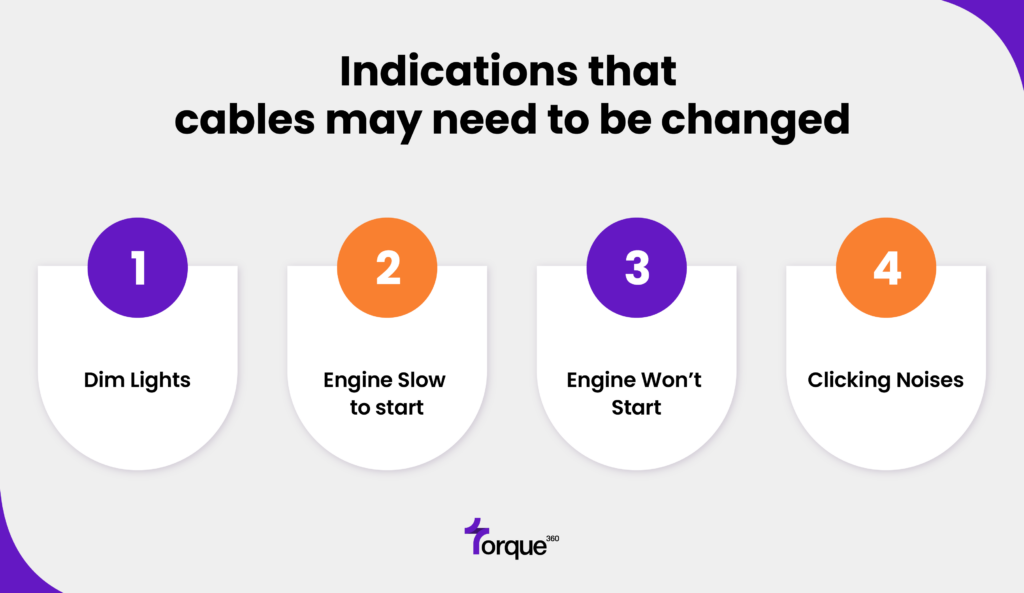
1. Dim Lights
If the lights inside your car look dimmer than usual, it could mean the battery cables aren’t working right.
2. Engine Slow to Start
When you turn the key to start the car, the cables might wear out if the engine takes a long time to start up.
3. Engine Won’t Start
If you try to start your car, but the engine doesn’t start at all, it could be because of insufficient battery cables.
4. Clicking Noises
Sometimes, you might hear clicking sounds when you try to start the car, but it doesn’t start. This might indicate that new cables are required.
To know for sure if the cables are wrong, you can look closely at them:
- Check if the plastic covering around the cables is falling apart or feels brittle. If it is, it might be time for new cables.
- If you see white or green powdery stuff on the cables, that’s a sign of corrosion. It’s like when metal gets all rusty. If you see this, getting new cables for your car’s battery is a good idea.
4. Dent Repairs
Did you understand your electric car may sustain dents and scrapes from minor collisions? Unexpectedly, these forces may impact the car’s battery inside the frame. This might cause issues with the battery or perhaps cause it to malfunction!
Lightweight materials are used in the construction of electric automobiles to increase their efficiency and range on a single charge. However, this also makes it more challenging to patch dents on them.
Repairing these vehicles requires mechanics to be experienced in the particular components and materials they employ. That’s where auto repair shop management software helps them keep track of all the details they need to know.
In addition, advanced trends in auto electrical repair make this process more accessible. Like:
- Electric cars need special repair skills.
- IoT monitors car health in real-time.
- Advanced tools enhance repair accuracy.
- Eco-friendly practices reduce environmental impact.
5. Taking Care of Your Electric Car’s Charging System
It’s super important to keep an eye on your electric car’s charging system to keep it running smoothly. The following are some things to be aware of:
Bad Charging Port Warning Signs
- If it’s hard to plug in your charging cable, that’s a sign something might be wrong.
- Sometimes, the charging might start and stop unexpectedly, or it might not work at all.
- If your car’s dashboard shows error messages related to charging, that’s a red flag.
- Look for any visible physical damage, such as cracks or bent pins, on the charging port.
- If the charging port gets hot while you’re charging, that’s not good.
- Look out for any signs of corrosion inside the port.
Signs of Bad Charging Cables
- If you’re not getting as much range of your car as usual, your charging cable might be acting up.
- Sometimes, you might feel like your car isn’t driving as smoothly as it should, which could indicate a problem with the cable.
- Look out for any warning lights on your dashboard that can point to a charging cord issue.
- The cable may be the problem if you’re experiencing problems getting your automobile to charge correctly.
- Be cautious if the cable connections feel hot to the touch.
If you notice any of these signs, it’s a good idea to talk to someone who knows about auto electrical repair issues. In addition to keeping your automobile secure, they may assist you in solving the issue.
As the auto repair industry advances, you should also! That’s why you should know “How you can get your auto repair shop future-ready.“
Here are Some Benefits of Electric Vehicles
The electric vehicle market in the United States has been growing a lot lately.
Many people are choosing electric vehicles because they want to help the environment. They know that regular cars that run on gasoline can harm the Earth. Electric cars are seen as a better choice because they don’t cause as much pollution.
Let’s break it down!
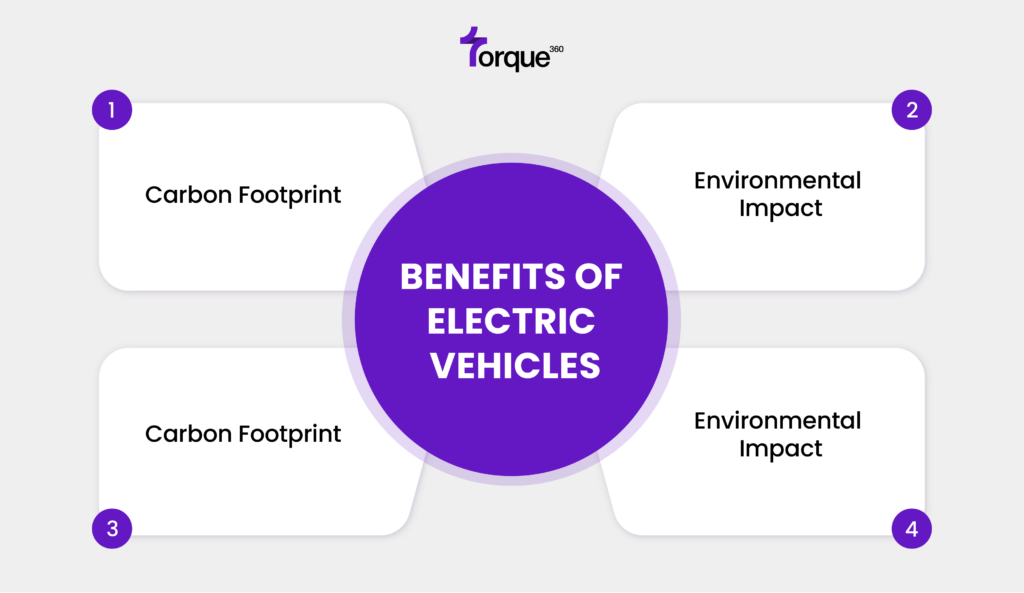
Environmental Impact:
Transportation in the United States creates a lot of pollution, affecting our climate and worsening global warming.
According to a study, electric vehicles are helping to change this. They don’t use gasoline or diesel, so they produce fewer pollutants and help keep our air cleaner.
Carbon Footprint:
Electric vehicles also have a smaller carbon footprint than regular cars that run on gasoline. The electricity they use comes from different sources, such as fossil fuels and clean energy sources.
Saving Money on Gas:
While electric vehicles can be expensive to buy, they save money in the long run. For people who drive a lot, the gasoline cost can add up.
Charging an electric vehicle costs much less per mile than filling up a gas-powered car, which can save drivers money over time.
Charging Convenience:
Electric vehicles can be charged in many places, such as shopping centers, parking garages, and workplaces. This makes it easier for buses and trucks that stay in one place for a long time to recharge.
Wrapping Up!
Fixing electric cars is a bit different from regular cars because they work in a unique way. Keeping an eye on essential things like the battery, tires, brakes, and coolant system helps your electric vehicle run smoothly and efficiently. And don’t forget about software updates—those are like giving your car a little brain boost! Following what the carmaker suggests for your auto electrical repairs, stay on the road longer, which is good for you and the planet.
Torque 360 is the ultimate tool for managing your auto shop! This software does everything: scheduling appointments, making invoices, estimating costs, doing digital vehicle inspections, organizing repair orders, giving technicians a unique portal, connecting with your POS system, and even helping with marketing! It’s everything your auto shop needs in one convenient package.
FAQs
1. What is the most common repair on electric cars?
The most common repair on electric cars involves battery issues, such as degradation or malfunction. Other frequent repairs include software updates and maintenance of the electric drivetrain components. Additionally, electric vehicles often require tire replacements due to the high torque and heavier weight affecting tire wear.
2. Will electric vehicles last?
Yes, EVs will likely last due to advancements in battery technology, increasing environmental regulations, and growing consumer demand for sustainable transportation. With continual improvements in range, charging infrastructure, and affordability, EVs are becoming a viable long-term alternative to traditional gasoline-powered cars.
